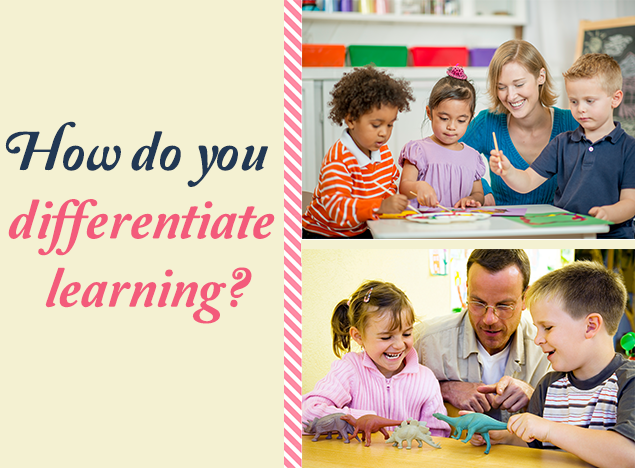The Layered Curriculum Approach to Learning
Posted by Network Support · Leave a Comment
Understand the different learning styles of students and how to implement differentiated instruction in the classroom. This approach can help create an effective learning environment for every student.
What is the Layered Curriculum Approach to learning?
Students differ in their abilities, intelligence and learning styles and are in need of differentiated instruction. The Layered Curriculum Approach was developed by Dr. Kathie Nunley as a strategy for differentiating instruction. This approach addresses the various learning styles observed in the class and encourages students to learn academic content by relying on their strengths. Instead of assigning one common activity for all students, the layered curriculum approach matches students to numerous activities that suit their needs and abilities.
Benefits of the Layered Curriculum Approach
The following are four benefits to introducing the Layered Curriculum Approach in the classroom:
1. Student choice and control: This approach provides students with the freedom to choose which activities to perform to meet the learning objectives. This freedom of choice can increase their sense of control and ownership over their learning as they choose tasks suited to their abilities and strengths.
2. Internal motivation and accountability: The activities are designed bearing in mind the interests and preferences of the students. When students choose activities of their interests, their motivation to perform well increases, as does their accountability to the tasks.
3. Facilitates individualization: Lessons and assessments can be individualized to cater to every student’s needs. For instance one task can have different objectives or expectations for different students depending on their level of learning. Assessments used can include oral defense grading, self-assessment, peer assessment or a performance rubric instead of typical evaluation methods.
4. Learning for all: The most important advantage of the Layered Curriculum Approach is that it promotes learning for all students. No student is marginalized or left behind as the learning is structured to suit each child’s level. Every student has the opportunity to learn and grow at his or her own pace.
Application of the Layered Curriculum Approach
The Layered Curriculum Approach consists of three layers “A, B and C.” Each layer facilitates a deeper study of the content through means of different assignments. On completion, students receive grades in connection with the layers.
Let’s take a closer look at the layers of the approach:
Layer ‘C’: This forms the ground level and provides students with a general or basic understanding of the content. Also known as the competency layer, it consists of activities (15-20) that students should perform in order to attain the specified standards of learning. Typically, the activities are designed to identify and gather factual information. On successful completion of tasks, students earn a “C” grade.
Layer ‘B’: This forms the middle level and consists of 3-5 assignments that provide students with the opportunity to apply and practice the concepts learned in layer ‘C’. Activities target the manipulation of information covered in the previous layer and application of various higher cognitive skills such as problem solving. A “B” grade is obtained when students are able to successfully complete both “C and B level” activities.
Layer ‘A’: Critical analysis and reflection forms the core of this level and students can choose to perform an activity from a set of 5-7 activities. The goal in these activities is to encourage students to research, analyze and form their opinions based on the facts and evidence collected. An “A” grade is assigned when a student completes the activities in all three levels. An example of an “A” level activity can be a research paper.
One can make their classroom a student-centered classroom by incorporating the Layered Curriculum Approach. This strategy empowers students with the freedom to choose their method of learning and learn at their own pace, in turn improving student motivation and engagement. This strategy also helps teachers expand their roles as facilitators that assist students in attaining their potential for academic learning.
Like this article for teachers?
Browse the Professional Learning Board COURSE CATALOG to find related online courses for teachers in your state. Professional Learning Board is a leading provider of online professional development classes that teachers use to renew a teaching license or renew a teaching certificate.





